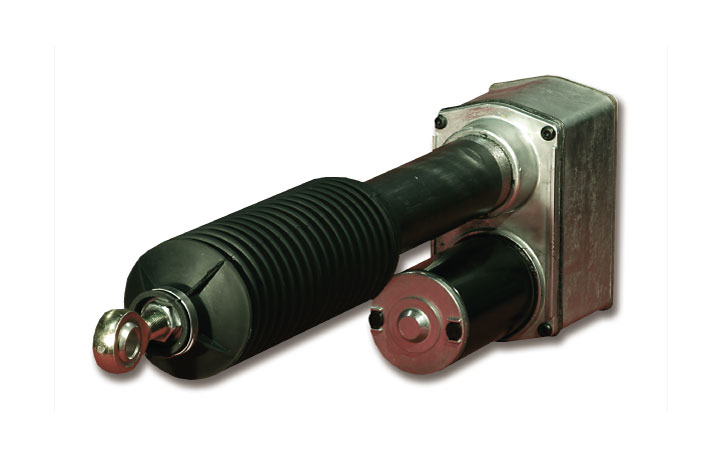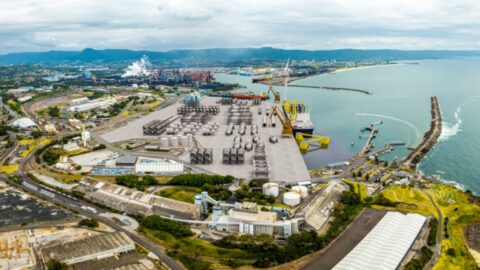Solar panel tracking isn’t a new technology, but today, some project developers will still question the value of adding trackers to their solar farm. Here, we take a closer look at solar tracking technology, and the efficiency gains developments can see when trackers are used – which can be up to 30 per cent in some cases.
Solar trackers have been in use in the energy industry since the early 2000s, allowing owners of solar panels – from smaller residential
arrays to large-scale utility developments – to enhance the amount of sun that directly hits their solar panels each day.
Taking a step back, solar trackers work by increasing the amount of light solar panels are exposed to. The more light they are exposed to, the better they work.
Further, the angle at which sunlight hits a solar panel – the angle of incidence – also has an impact on how effective a solar installation will be. The narrower the angle, the more energy a solar panel will produce.
Anything that you can do to reduce the angle of incidence, such as installing a solar panel tracker, will optimise the amount of energy a particular solar panel can produce.
Bringing things back to the 2020s, in the two decades since solar trackers started to become widely used, there have been significant developments in their efficiency and operation.
We now have the option of single-axis and dual-axis solar trackers, and trackers on frames, which can increase the level of sunlight directly hitting a solar panel.
There has also been considerable reduction in the number of moving components in trackers, providing the significant benefit of reduced maintenance. Significant research has been conducted around Australia to understand the bottom line benefits adding solar trackers to a large development can provide.
While the exact figure varies, depending on the location (adding trackers will provide increased benefit the further south the location) and size of the installation, developers can expect to see a gain in efficiency of up to 30 per cent with the addition of solar trackers.
The essentials of solar tracking
While in many cases the addition of trackers will be a no-brainer, like many things in life, the devil is in the detail. There are a range of tracking technologies on the market, so it’s important to be discerning and ensure you select a product that will deliver for you for many years to come.
One of the biggest challenges when it comes to solar tracking is ensuring accurate, trouble-free positioning of the panels. To ensure this, a tracking system needs to be highly rugged and able to withstand wind and weather. It must also function reliably and maintenance-free for many years.
Altra Motion brand Thomson offer affordable linear actuators and screw jacks, custom-fitted solutions to these challenges. Solar tracking requires actuation solutions that are stiff and will not back-drive in high wind conditions. All Thomson actuators and screw jacks can be equipped with a holding brake that eliminates back-driving.
Accurate tracking often requires some form of feedback. Most Thomson actuators and screw jack models can be equipped with encoders, resolvers or potentiometers to meet either analog or digital feedback requirements.
All Thomson actuators and screw jacks are available with adjustable end of stroke limit switches to protect the panel from damage due to overtravel in either direction; and multiple mounting options are available.
Actuators and screw jacks require little to no maintenance, making them ideal for solar panel applications. Thomson actuators and screw jacks are offered with both analog and digital feedback to allow precise tracking of the sun.
In addition, Thomson has a long history of building custom products. A custom-tailored solution can be an integrated part of the structure and make assembly quick and easy.
Gregg Booyens, Business Development Manager at AltraMotion, said “Thomson actuators and screw jacks have bespoke, solar power tracking units that are designed to cope with everything our harsh Australian climate can throw at it.
“Solar energy investors can rest assured that with correct selection, installation and some TLC, they will have many years of trouble-free service.”
Protecting the bottom line
When the right equipment is utilised, installing tracking technology on solar developments is a fantastic investment that will increase the output of an installation.
It’s a way to reliably enhance a renewable investment, and importantly, trackers can help reduce the return on investment for significant solar developments. Making the decision to invest in clean energy can be expensive, but with the right technology, that investment can be easier to bear.
This partner solution was brought to you by Altra Motion. For more information visit www.altramotionrenewables.com.au or call 1300 ALTRAMOTION.


















